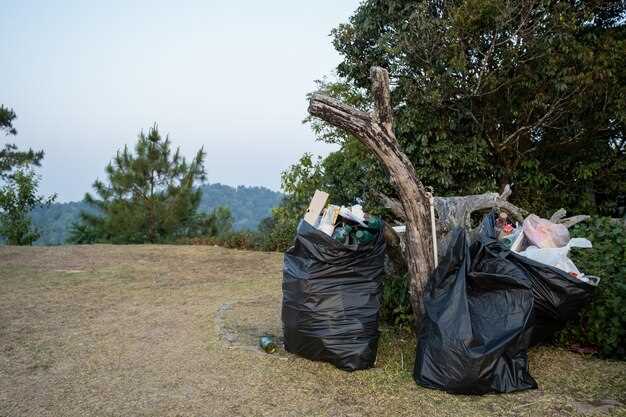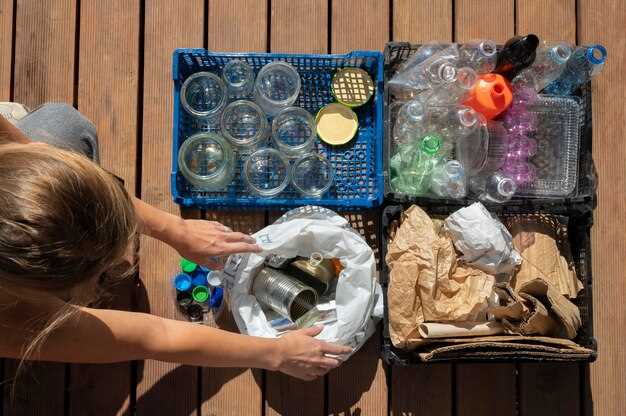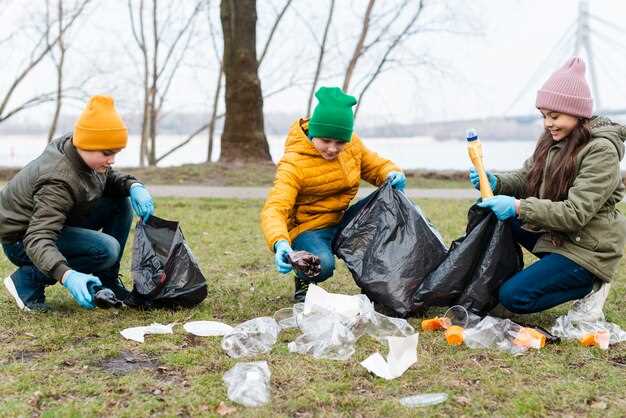
Effective waste management is a critical challenge in remote locations, where traditional disposal options are often limited. The unique environment and logistics of these areas require innovative strategies to ensure that waste does not negatively impact the surrounding ecosystem or the health of local communities. Proper planning and execution are essential, especially in settings like camp sites, where large groups of people may generate significant amounts of waste.
One of the key approaches to managing waste in remote areas is implementing a rigorous pack-out system. This strategy involves ensuring that all waste generated at a camp or project site is collected and transported away for proper disposal. By training personnel and encouraging responsible practices, remote teams can significantly reduce their environmental footprint. Engaging in education about the importance of waste management not only fosters a culture of sustainability but also empowers individuals to take ownership of their waste disposal practices.
In addition to the pack-out method, it is crucial to explore alternative waste management options tailored to the specific conditions of the site. Utilizing composting for organic materials and recycling for plastics and metals can minimize the volume of waste that must be removed. These strategies not only address waste disposal but also promote resource conservation and help maintain the natural beauty of remote areas.
Implementing Pack-Out Procedures for Remote Camps

Effective waste management is crucial for maintaining a clean and sustainable environment in remote camps. Implementing robust pack-out procedures minimizes the environmental impact and ensures compliance with regulations. The essence of these procedures lies in the systematic collection, segregation, and transportation of waste materials from the camp site to designated disposal locations.
The first step involves educating camp personnel about the importance of proper waste disposal practices. Training should cover types of waste, including biodegradable, recyclable, and non-recyclable materials. Clear labeling and designated containers for each waste type help facilitate adherence to these practices.
Regular monitoring and assessment of waste generation patterns can provide insights into the most effective pack-out strategies. Establishing a schedule for waste collection ensures that waste does not accumulate, reducing the likelihood of attracting wildlife and maintaining a clean environment.
A vital component of pack-out procedures is the involvement of camp staff in daily waste management activities. Assigning waste management roles to individuals encourages accountability and fosters a culture of cleanliness. This engagement enhances the overall effectiveness of the procedures.
Transport logistics play a key role in implementing pack-out procedures. Developing a reliable system for transporting waste to disposal sites should take into account the distance, transportation methods, and environmental considerations. Using appropriate containers that secure waste during transport minimizes spillage and contamination of surrounding areas.
Collaboration with local waste management services or recycling facilities can enhance the effectiveness of pack-out procedures. Partnerships with these entities ensure that waste is treated and disposed of appropriately, aligning with local environmental regulations and best practices.
Ultimately, implementing pack-out procedures in remote camps is a crucial strategy for maintaining cleanliness and minimizing the ecological footprint. Through education, systematic processes, and community involvement, camps can effectively manage waste and ensure a sustainable future.
Best Practices for Maintaining a Clean Camp Environment
To ensure a clean camp environment, it is essential to implement effective waste management strategies. Proper waste disposal starts with planning ahead. Before arriving at the camp, assess the anticipated waste types and ensure that adequate facilities are available, including bins for recycling, composting, and general waste.
1. Segregation of Waste: One of the best practices is to separate waste at the source. Allocate designated areas or containers for different types of waste such as recyclables, organics, and non-recyclables. This practice simplifies recycling efforts and reduces contamination.
2. Regular Cleanup Routines: Establish daily cleanup schedules to encourage participants to keep the camp clean. Assign individuals or teams specific areas to monitor throughout the day, which fosters accountability and creates a sense of ownership over the camp environment.
3. Educate Camp Participants: Conduct brief educational sessions to inform campers about the importance of maintaining a clean environment. Highlight the impact of waste on local ecosystems and provide practical tips for reducing waste generation.
4. Use Eco-Friendly Products: Encourage the use of biodegradable or environmentally friendly products. Opt for reusable items instead of single-use plastics, which ultimately reduces waste and promotes sustainability.
5. Establish a Waste Disposal Protocol: Create clear guidelines on how to handle waste. Ensure that all campers understand where and how to dispose of their waste appropriately. Provide easy access to waste disposal stations to minimize littering.
6. Encourage Leave No Trace Principles: Adopt Leave No Trace principles, which promote responsible outdoor ethics. Encourage campers to pack out what they bring in and leave the environment as they found it.
7. Engage in Community Clean-up Activities: Organize community clean-up events during the camping trip. This not only maintains cleanliness but also strengthens team bonding and instills a collective sense of responsibility among participants.
By following these best practices for maintaining a clean camp environment, it is possible to minimize waste and ensure a sustainable experience for all campers while respecting the surrounding nature.
Innovative Waste Reduction Techniques for Isolated Areas

Managing waste in remote locations presents unique challenges due to limited access to disposal facilities and resources. One effective strategy to mitigate this issue is the implementation of pack-out systems, where waste is systematically collected and carried out by campers or residents. This approach emphasizes personal responsibility and can significantly reduce the volume of waste left in isolated areas.
Another innovative technique involves the use of biodegradable materials in camping supplies. Encouraging the use of compostable utensils, plates, and packaging decreases long-term waste buildup and promotes a more sustainable camping experience. Educational initiatives aimed at promoting these alternatives can foster a culture of environmental stewardship among visitors.
Community-based recycling programs can also be tailored for remote locations, where local inhabitants collaborate to manage and transform waste. Establishing designated collection points can facilitate the segregation of recyclables from general waste, which can then be packed out during periodic trips to urban centers where recycling facilities exist.
Lastly, employing resource-efficient designs in camping setups can minimize waste generation. This includes using multi-functional gear that reduces the number of items needed, thus lowering waste creation and enhancing the overall outdoor experience. By fostering a mindset geared towards waste reduction, isolated areas can maintain their natural beauty while accommodating recreational activities.



